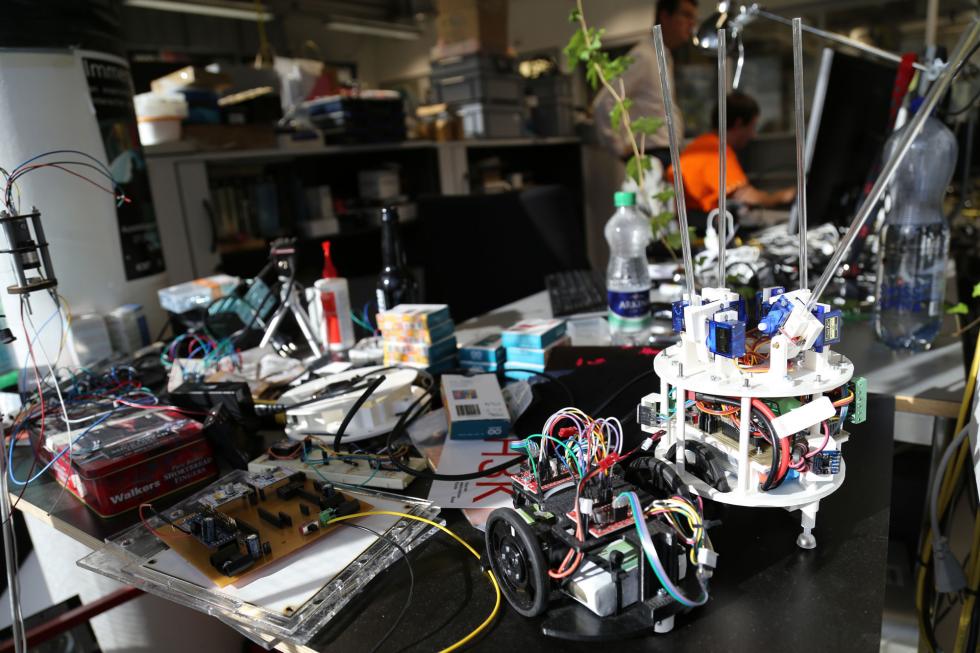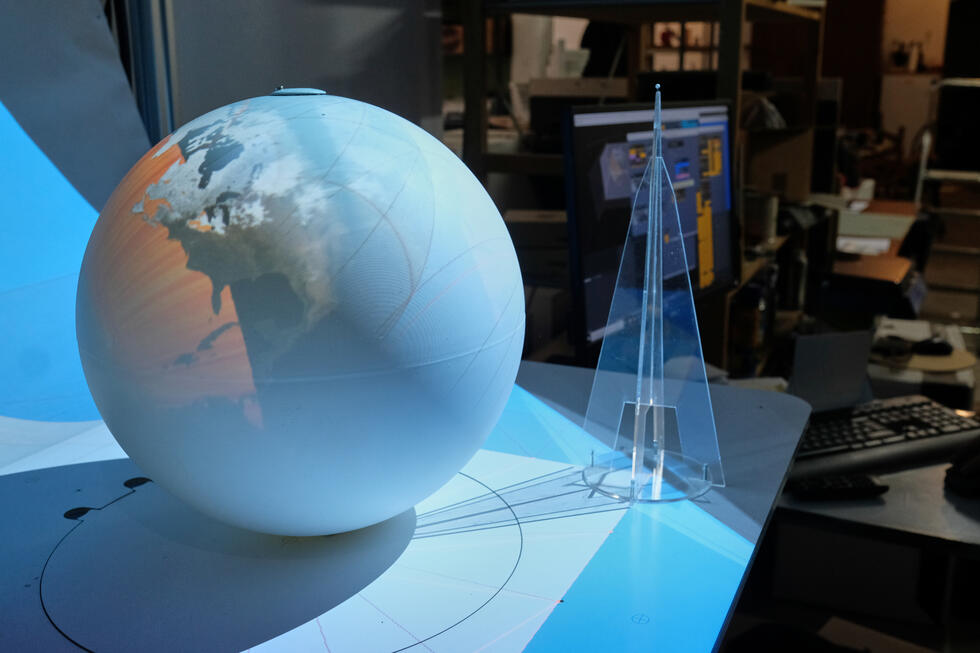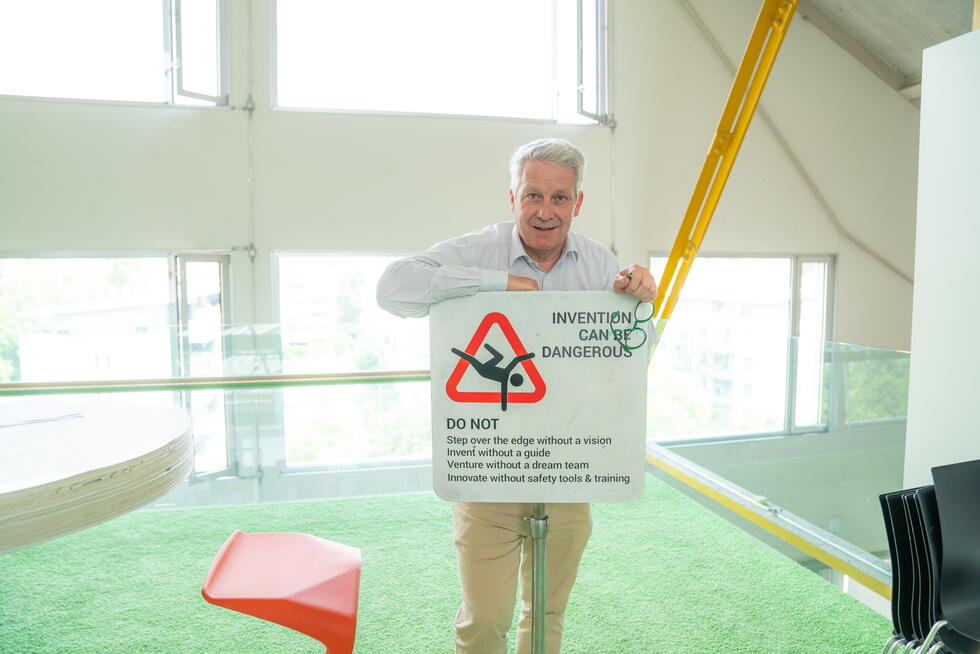SHORT NEWS
Researchers unveil energy storage concept using a sand cable car
Researchers have come up with the vision of a pumped storage power plant of a special kind. Their idea involves a type of cable car that can be used to transport sand or gravel up mountains in order to generate electricity when required by transporting it down the mountain again.

Due to the growing share of electricity from wind farms and solar power systems, electricity generation is becoming increasingly difficult to predict. There are only a few reliable methods of storing surplus energy, for example when the wind blows at night while consumption is low.
In addition to storing surplus energy in the batteries of electric cars, which could become an attractive option in the future, it is mainly pumped storage power plants that have proved their worth as an energy storage solution. These power plants pump water into a reservoir at a higher altitude, which is subsequently used to drive turbines that generate electricity when demand is high.
While batteries are suitable primarily for short-term storage, expensive pumped-storage power plants are ideally suited for long-term storage where the energy requirements within the plant’s supply area are high. According to the team led by energy researcher Julian Hunt from the International Institute for Applied Systems Analysis (IIASA) in Laxenburg near Vienna, the mountain storage power plants they propose could provide an in-between solution.
Where there is no water, sand can be used
In the “Energy” journal, the researchers write that this approach is particularly well suited for regions where water is scarce, the energy storage requirements are below 20 megawatts, and the energy demand fluctuates strongly throughout the year.
However, a prerequisite for such plants operating in small-scale grids is the appropriate topography: The “valley station” of the cable car, for example, requires a site next to a steep mountain slope where there is also sand or gravel that can be transported. Using surplus electricity from alternative energy sources, the materials could then be transported in gondola-like containers to the storage area at a higher altitude.
When electricity is required, the material is loaded from the mountain back into containers and sent down to the valley. The potential energy released in the process can be used to generate electricity. According to IIASA, if there is also water at higher altitudes, such largely automatic systems could also be operated by circulating water during certain periods.
Reduced losses
“One of the advantages of the system is that sand is cheap and, unlike water, it does not evaporate. This means that no potential energy is lost and the process can be repeated as frequently as required. Thus, the system is of particular interest to dry regions,” Julian Hunt explains.
In contrast to pumped storage power plants, where from an altitude difference of 1200 meters the hydraulic pressure becomes too high, this technology is not subject to altitude limits. Mountain gravity energy storage systems could even be operated spanning altitude differences of 5000 meters. According to the researchers who in their publication calculated the fictitious operation of such a plant on the island of Molokai (Hawaii), greater altitude differences result in lower electricity prices.
In addition to the Himalayas, the Andes, the Alps, or the Rocky Mountains, such systems are conceivable on islands with steep mountain sides, such as Hawaii, other Pacific islands, Cape Verde, the Philippines, or Madeira. Even though, according to the researchers’ calculations, the prices for energy generated in this way would not necessarily be low, the solution would still be attractive in many places when it comes to introducing renewable energy systems even to remote regions.
Article No. – DOI: 10.1016/j.energy.2019.116419





















